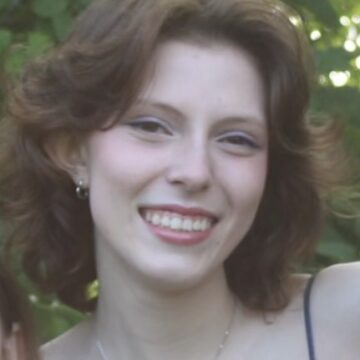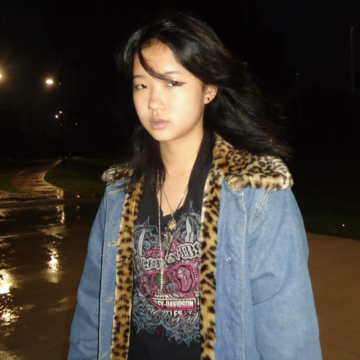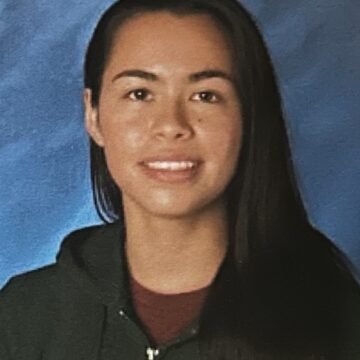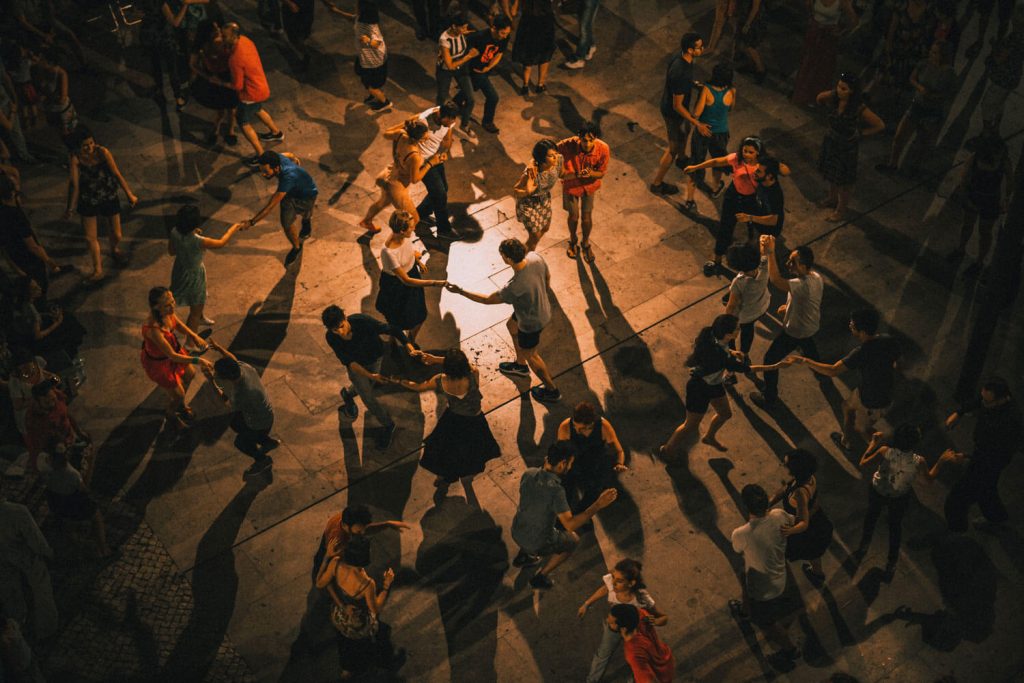
By Dayann
I cannot dance.
This is not something I often admit willingly; in fact, it is quite baffling to me how horribly incapable I am at performing even the most basic movements on command. My grandmother often describes it as “a tragedy” as she is forced to watch her grandchild absolutely butcher our country’s cultural dances, beautiful expressions of our unique West African roots turned into poor facsimiles by my robotic movements.
And yet, year after year, I find myself taking the dance floor at my family’s events, seemingly unaware of my objective lack of skill. Eventually, my display proves to be so amazingly unbearable that I am removed from the floor and shown the correct movements over and over again until I am able to replicate them well enough to come back. Bizarrely, despite my previous declaration that I cannot dance, for the past three years, I have found myself performing an entire choreographed routine at my school’s yearly pep rallies.
It is through looking back at these events that I realize that I have created a mischaracterization of my dancing abilities through my decisive first sentence. I can dance and am, in fact, very capable of doing so, but not when I act insularly. My ability to dance correlates directly with how willing I am to collaborate, the input and support of others turning the uncoordinated and unwieldy into the near-graceful.
My attempts at dancing have led me to value community and collaboration greatly, and I find myself seeking and being drawn towards environments that will allow me to continue to develop both of these values as I learn and grow. Through my internship with the Johns Hopkins Applied Physics Lab, I was exposed to and became fascinated by the collaborative spirit that lies at the heart of Johns Hopkins. The idea that one cannot discover or innovate when working alone was affirmed during my research, and I have come to see that mutual collaboration and community are integral aspects of Johns Hopkins’ unique culture. From the research initiatives that breach the boundaries between class levels, to the many organizations such as the Tutorial Project, relying on the shared initiatives of different students to directly make an impact on Baltimore and its many communities, and the distinctive access to especially interdisciplinary topics such as neuromorphic systems, I view that Johns Hopkins exemplifies the peak of collaborative achievement in education.
Admissions Committee Comments
In Dayann’s essay, we learn a few things about him. First, he loves to participate. Despite his insistence that he cannot dance, we see him dancing throughout his essay. Second, he realizes that he can in fact dance, but needs to work with others to bring out the best in himself, and in the group. And third, he then is able to connect this to his future. He recognizes that in order to reach his potential, he wants to be at a place where he can collaborate with peers who can challenge him to be even better.
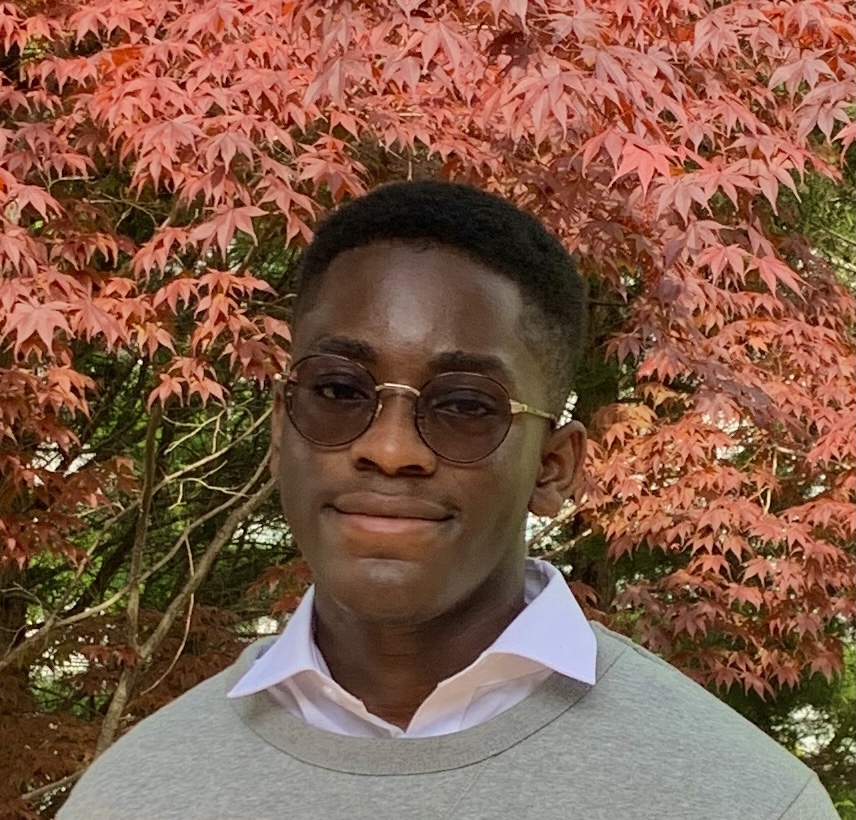
Choosing to focus on my culture and a former insecurity of mine together served as a medium through which I could show how that background had shaped me as well as my values and what I wanted for myself within my academic and research interests. The most challenging part of writing the essay was coming up with a way to bridge the gap between what I learned about myself from my introspection to specific experiences I wanted from the university. It was essentially identifying and putting into words the reason I viewed Hopkins as the place for me.
Dayann

